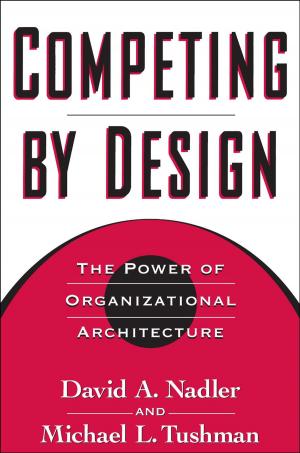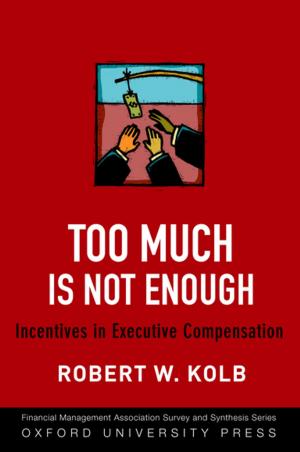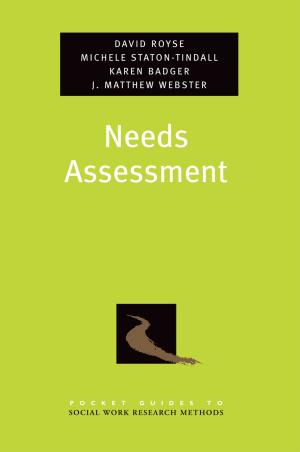Critical Thinking in Clinical Research
Applied Theory and Practice Using Case Studies
Nonfiction, Health & Well Being, Medical, Ailments & Diseases, Infectious Diseases, Epidemiology, Reference, Research| Author: | ISBN: | 9780199324514 | |
| Publisher: | Oxford University Press | Publication: | March 13, 2018 |
| Imprint: | Oxford University Press | Language: | English |
| Author: | |
| ISBN: | 9780199324514 |
| Publisher: | Oxford University Press |
| Publication: | March 13, 2018 |
| Imprint: | Oxford University Press |
| Language: | English |
One of the most crucial skills a clinician, scientist, or student can learn is to create, conduct, and interpret the conclusions of a clinical study. Critical Thinking in Clinical Research teaches these fundamentals in four distinct sections, called "units": the first unit focuses on issues surrounding the design of a study such as population, question selection, randomization, and blinding; Unit 2 presents statistical methods such as analyzing data collected, how to present and discuss the data concisely; the third unit covers practical aspects such as methodology, organizational considerations, principles of trial conduct and reporting; and the final unit delves into study designs, providing the advantages and drawbacks of each design style. Each chapter begins with a short introduction, followed by a hypothetical case that challenges the reader to make decisions, to consider pros and cons of specific approaches, and to evaluate options based on specific conditions. Knowing how to critically read and understand scientific papers and to collect, analyze, and interpret research data, which they in turn can then present in their own scientific manuscript makes this book the perfect resource for anyone looking to contribute to the wealth of scientific and medical inquiry.
One of the most crucial skills a clinician, scientist, or student can learn is to create, conduct, and interpret the conclusions of a clinical study. Critical Thinking in Clinical Research teaches these fundamentals in four distinct sections, called "units": the first unit focuses on issues surrounding the design of a study such as population, question selection, randomization, and blinding; Unit 2 presents statistical methods such as analyzing data collected, how to present and discuss the data concisely; the third unit covers practical aspects such as methodology, organizational considerations, principles of trial conduct and reporting; and the final unit delves into study designs, providing the advantages and drawbacks of each design style. Each chapter begins with a short introduction, followed by a hypothetical case that challenges the reader to make decisions, to consider pros and cons of specific approaches, and to evaluate options based on specific conditions. Knowing how to critically read and understand scientific papers and to collect, analyze, and interpret research data, which they in turn can then present in their own scientific manuscript makes this book the perfect resource for anyone looking to contribute to the wealth of scientific and medical inquiry.















